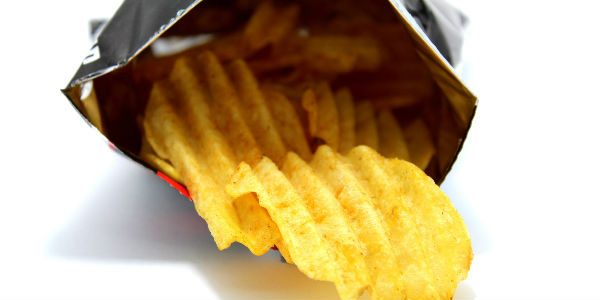We would all like to live healthy and, at this point in our lives, we have a pretty good idea of what that takes. We know we need to exercise, we need to be smart about what we eat, and we need the regular check-ups with our doctors. So why do some of us still struggle to maintain a health-conscious lifestyle?
While there are a considerable amount of variables that could answer that question, our habits are certainly major factors. Habits, both good and bad, are formed over time with continued actions which become routine. Good habits can help us master new skills. Bad habits can, in many cases, negatively affect our health. Many people struggle with poor eating habits like snacking too much and rewarding themselves with junk food. So if habits need to become routine, how is it that people let bad habits form in the first place? Is it just laziness and ignorance? We may not have as much say in how habits form as you’d think. Let’s take a look at the process.
Some people dismiss bad habits as an excuse for who haven’t put in the necessary effort. Experts push back against such claims by showing there’s a much more scientific answer to why habits for – including bad habits.
Author Charles Duhigg took an extensive look at the process in his book, The Power of Habit. In it, he identifies a three-step process called the ‘habit loop’. It begins with a trigger which actually tells your brain to make an action routine. Parallel parking is often used as an example for this. If every time you drive into the city you need to parallel park, going into the city will become the trigger that tells your brain to make parallel parking a habit. With poor eating habits, take the example of eating popcorn at the movies. Every time you enter the theatre, that becomes a trigger to buy a bucket of buttery popcorn. The next step is the actual routine – when you merge that habit with the activity and they begin to share the same space. Finally, there is the reward. This is when you associate a final – and positive – result with the action of the habit. From here, it can be difficult to break the habit. You’ve not only engrained it in the routine, but also provided a reason to keep it as part of the routine.
Take this process into consideration when looking to rid yourself of a bad habit. It’s not an easy thing to do and when you’re not succeeding as quickly as you want, it can be discouraging. It can be easy to let the reward associated with the habit overshadow the reward of kicking the habit. But now, with a little more context into the science behind how these habits form, hopefully it will help you understand that the reason you can’t kick your bad habits is not because of lack of trying. With this knowledge, you can more easily identify ways of separating these habits from the brain activity that give them strength.
We’ll be diving deeper into the subject of habits this month on Health & Wellness, examining how to rid yourself of bad habits and how to make those good habits stick. Join us and learn how to build a healthier lifestyle.
For more Health & Wellness content and everything else in the world of boomers, sign up with BoomersPlus for FREE. Go to www.boomersplus.com or email us at info@boomersplus.com to learn more.

